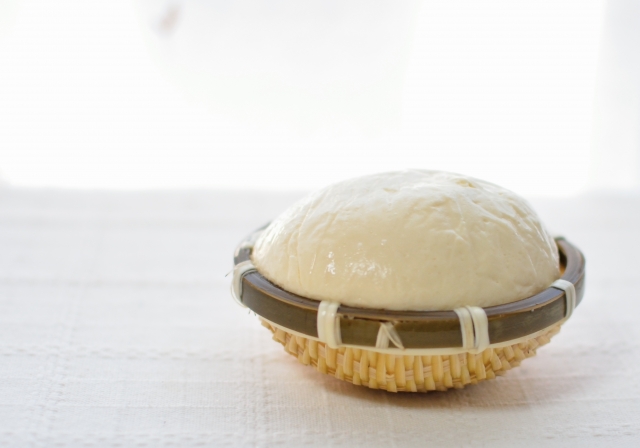
Cotton tofu and silken tofu are not made of cotton tofu because they are made of cotton cloth, and silk tofu is made of silk cloth. Actually, there are the following differences in how to make it.
Difference between cotton tofu and silken tofu
Cotton tofu and silken tofu are not made of cotton tofu because they are made of cotton cloth, and silken tofu is made of silk cloth. Actually, there are the following differences in how to make it.
[Cotton tofu]

Add a coagulant to the soy milk, break the solidified product, apply pressure to squeeze the water, and re-harden it. At this time, a box is filled with tofu. The reason why the surface of cotton tofu is uneven is that the texture of cotton is attached as it is.
[Silken tofu]

It is made by adding a coagulant to soy milk, which is thicker than cotton tofu, and hardening it.
This difference in the method of making will lead to various differences introduced later.
Looking at history, cotton tofu is older, and the appearance of silk tofu is in the middle of the Edo period. It seems that it was made in search of soft and soft tofu.
Texture and taste
Silken tofu is made from soy milk and bittern in a container, which contains a lot of water and has a smooth texture.
On the other hand, cotton tofu is made by putting this hardened tofu in a cloth-covered container and applying pressure to drain the water.
Suitable food
Because cotton tofu is hard to break down, it is suitable for fried or baked dishes. The smooth and smooth mouth-watering tofu is recommended for raw cooking.
| Comparison item | Cotton tofu | Silken tofu |
| Texture | Solid texture and rough texture | Fine and smooth texture |
| Nutrition | High in minerals such as protein, lipid and calcium | Many vitamin B groups |
| Cooking method | Bake, fry, boil, fry | Eat something as it is |
| Suitable food | Tofu steak, stir-fried tofu, tofu hamburger | Salad, cold guy, hot pot |
Nutritional value
Did you know that there is a difference in nutritional value between cotton tofu and silken tofu?
The main differences in nutritional value are as follows.
[Cotton tofu]
Cotton tofu squeezes moisture in the process of making it, so the nutrients are compressed. Therefore, it seems that protein, calcium and iron content is 20-30% more than silk tofu.
[Silken tofu]
Silken tofu is said to have more vitamin B groups and potassium than cotton tofu.
Because cotton tofu squeezes moisture, water-soluble nutrients such as vitamin B and potassium flow out together with moisture.
Use cotton tofu when you want to get calcium or iron. If you want to take vitamin B1 or potassium, you might choose tofu with different nutritional values, such as selecting silk tofu.
Reasons for solidifying soy milk

“Nigari” appears in the process of making tofu. Tofu is made by adding bittern to soy milk and hardening. Why does it harden when I put a bittern?
"Nigari" is one of the coagulants. This refers to the liquid that remains after boiling seawater to make salt and removing salt crystals. The main component of bittern is "magnesium chloride". This magnesium chloride hardens by reacting with soy milk protein.
Compared to other coagulants, it seems that technology is needed to harden ingredients with bittern. Despite this, the reason that bittern can be used for a long time is that it can be used to make bean curd with the sweetness of beans. Nigari is indispensable for delicious tofu.
About other ingredients related to tofu
How are soy milk, yuba, okara, and other ingredients made from soybeans made?
[Soy milk]

Soy milk is a liquid after soaking soybeans in water, adding water and simmering, rubbing solids.
[Okara]

A dripping liquid that is made by soaking soybeans in water is called Kure. Okara refers to the remaining solid matter that has been squeezed.
[Yuba]

When the soymilk is carefully heated, the thin film that is formed on the surface is the “yuba”.
Tofu and soy foods that I usually use casually. It is interesting to change the shape from the same material to various ingredients. If you tell us how you usually make what you eat, and what kind of connections and differences there are, your child may be interested in eating.
Summary
How was it? There was a difference not only in texture and taste, but also in nutritional value between cotton tofu and silken tofu. A tofu that is rich in protein and low in calories. It is convenient to use for various dishes. Know the types and characteristics of tofu and make use of them in your food and diet. It is the best Japanese food for a healthy life.
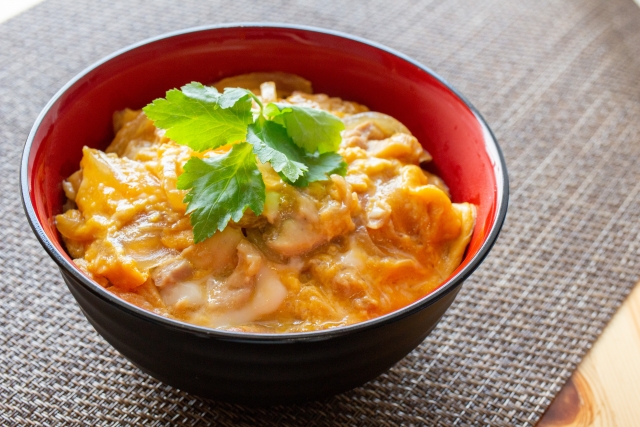

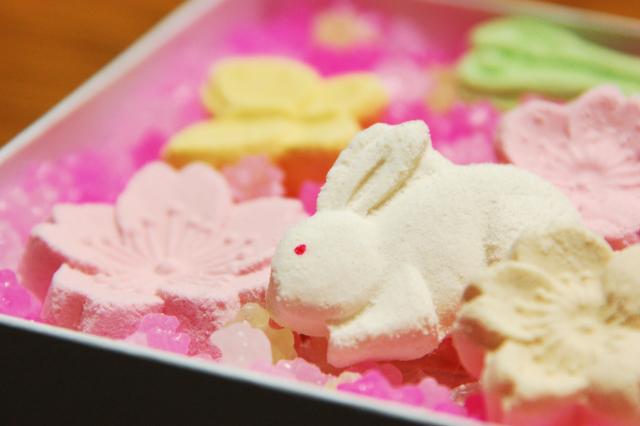

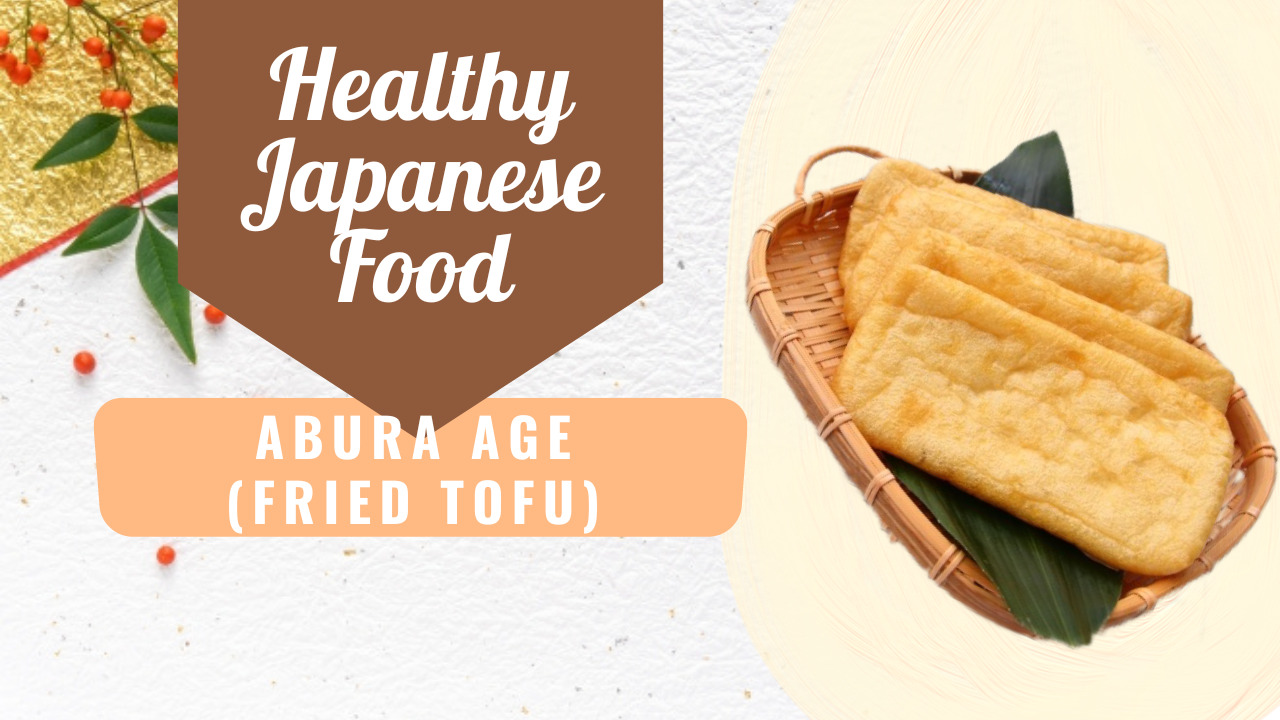
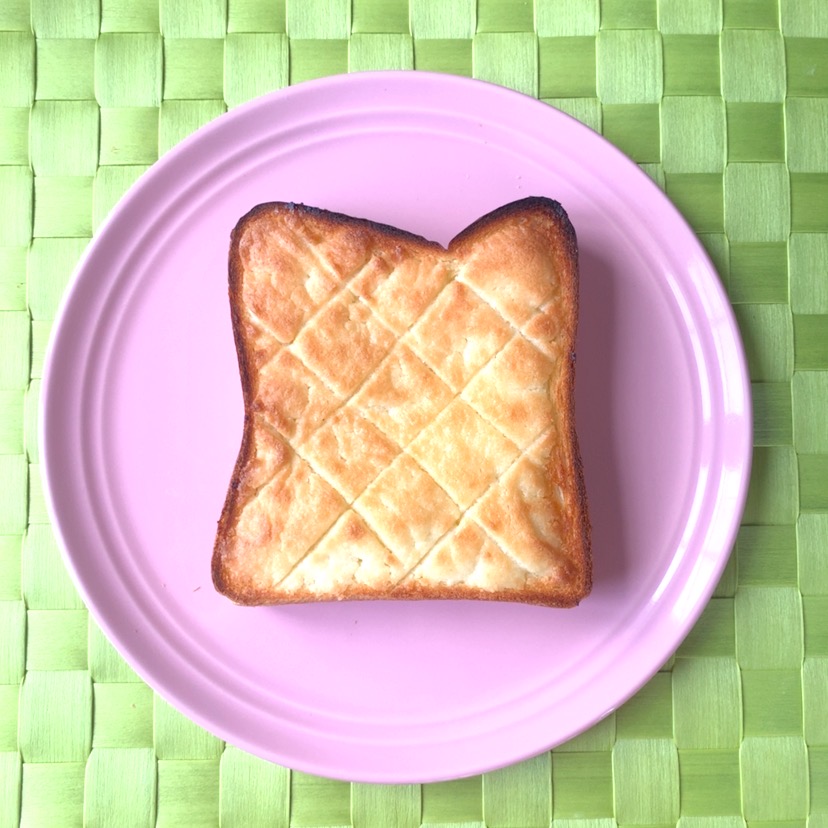
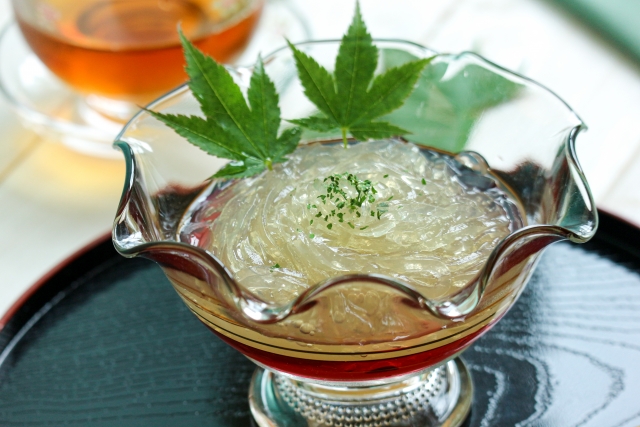
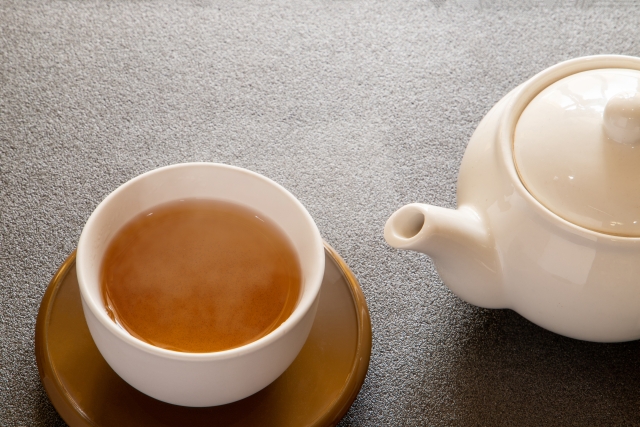







![●Japanese sweets as a souvenir at a funeral [shinobu Manjyu]](https://healthyjapanesefoods.com/wp-content/uploads/2020/06/img_5471-150x150.jpg)
